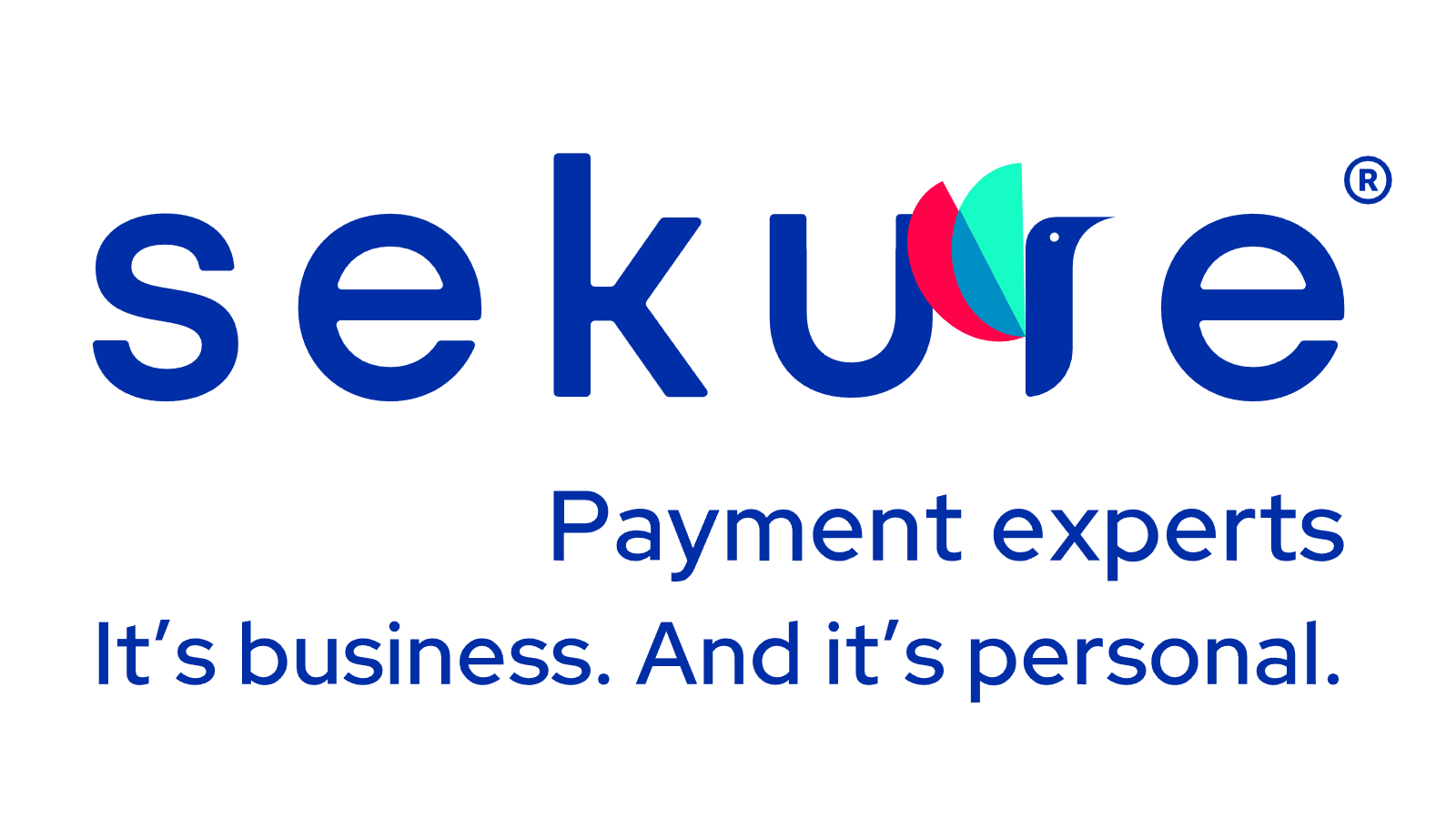Every penny counts in the world of payment processing — and so does every decision. That’s why choosing your pricing model is so important. It can make all the difference between higher fees and lower rates, which means it has big implications for your bottom line.
Take interchange rates, for example. They’re just one of many credit card processing fees you’ll have to consider, but they often have the greatest impact on your profits. Fortunately, that’s where the interchange plus pricing model comes into play.
We’re here to walk you through the ins and outs of interchange fees, your pricing options and whether interchange plus is best for your business.
What is an interchange rate?
An interchange rate is a processing fee merchants pay on every credit and debit card transaction they accept. Interchange fees usually make up the largest portion of your credit card processing costs because they happen at such a high volume.
In short, whenever a customer pays with a credit or debit card, the card issuer (e.g., the bank) and the payment processor each get a cut of the transaction. This is also sometimes called a “wholesale” processing fee.
The point of interchange rates is twofold:
- To cover the cost of processing the card payment.
- To mitigate the risk of fraud on behalf of the issuing bank.
Normally, interchange rates are expressed as a percentage of the transaction amount plus a fixed fee. For example, 0.05% + $0.21.
How do interchange rates work?
Credit card companies like Visa and Mastercard determine interchange rates, which means they’re different for every card network. These fees are charged to the cardholder’s issuing bank, which then passes them on to the merchant. In the wide world of credit card terminology, this is what’s ultimately called the “interchange fee.”
Each credit card network has its own way of calculating interchange rates, but all base their decisions on three determining factors:
1. Business size
Small business owners generally receive higher fees because their sales volume is often lower than enormous retailers. Enterprise-scale companies have the resources and reputation to negotiate lower rates.
2. Card type
A credit card transaction will usually incur a higher interchange fee than prepaid debit card payments. Why? Because with debit cards, the money is already present in the cardholder’s bank account.
On the other hand, card companies charge higher interchange fees for credit cards because there’s a greater risk the customer won’t pay their bill. Payments made with a rewards card also tend to have higher rates because the issuer uses a percentage of the processing fee to cover rewards costs.
3. Transaction type
In-person transactions where the customer swipes their credit or debit card have a lower risk of fraud — and in turn, the fees are lower. However, card-not-present (CNP) transactions, such as those made online or keyed directly into a payment terminal, have higher fees because it’s easier to use a stolen card in these circumstances.
Current interchange rates
On average, interchange fees for credit card payments are 1.81% of the transaction value, whereas debit card payments are around 0.3%.
Most credit card companies update their rates twice a year. According to Forbes, here’s the range you can expect from each of the four major card network brands:
- Visa: 1.4% to 2.5% for credit cards and 0.05% for debit cards.
- MasterCard: 1.5% to 2.6% for credit cards and 0.05% for debit cards.
- American Express: 2.3% to 3.5% for credit cards and 0.05% for debit cards.
- Discover: 1.55% to 2.5% for credit cards and 0.05% for debit cards.
Keep in mind fees change based on transaction and card type — and, if you need help to understand your credit card processing rates, you can always reach out to Sekure Payment Experts and speak to a specialized Payment Expert.
What is interchange plus pricing?
Interchange plus pricing refers to a pricing model where your payment processor charges a small rate on top of your monthly interchange fees. It’s made up of two components:
- The established interchange fee, which is charged by the card brand.
- The markup your payment processor applies to every card transaction.
How does interchange plus pricing work?
Let’s say you own a boutique, and your processor currently charges you an interchange plus rate of 0.20% + $0.10 per transaction for a card payment. When a customer comes to your store, spends $100 (including tax) and pays with a credit card, the interchange cost is 1.580% plus $0.10, or $1.68.
The processor passes that cost on to you and charges a markup of 0.20% plus $0.10, or $0.30. So, your total cost for taking the credit card is $1.98, or 1.98%.
Interchange plus pricing vs. other pricing models
Compared to other pricing models, interchange plus is one of the fairest methods available to merchants. Interchange pricing is highly transparent, in that all the charges are disclosed on your statement, making it harder for processors to tack on hidden extra fees. In the end, you pay exactly what Visa and MasterCard are charging, based on the type of card your customer is using.
That said, it’s best to do your due diligence when choosing a pricing model. Let’s take a closer look at the other two most common strategies and how they compare to interchange plus:
Tiered pricing
Tiered pricing is in many ways the opposite of interchange plus. It’s meant to simplify pricing by generalizing credit card processing fees into three basic tiers:
- Qualified rates for debit cards and non-rewards cards.
- Mid-qualified rates for standard rewards cards.
- Non-qualified rates for premium cards and CNP transactions.
The problem with this approach is that most payments end up falling under the more expensive categories. And, because the rates are jumbled together across these tiers, it’s harder to know how much of a markup you’re paying.
Flat pricing
Flat pricing models charge one flat processing rate for every transaction, regardless of what your customers use to pay. In other words, it doesn’t discriminate between different card types — all card payment options are priced the same way.
Normally, this works by averaging the three tiers you’d find in a tiered pricing model and charging the result as a flat fee. Understandably, this rate is generally higher than what you would pay under a tiered plan — that is unless the bulk of your transactions come from the highest-cost tier.
Interchange rate FAQs
We understand payment processing is an endless sea of terms and phrases. So, to help you swim ashore, we’re answering your most commonly asked questions about interchange rates below:
Do debit cards have interchange fees?
Yes — all card transactions incur interchange fees, including those made with a debit card. Fortunately, these rates are normally much lower than credit card payments because there’s a lower risk of loss for the card issuer.
Can I avoid interchange fees?
Sadly, interchange fees are non-negotiable. All merchants, regardless of size, must pay them. However, you can offset processing costs by passing them on to your customers.
In other words, adding a credit card surcharge to each transaction tacks an additional fee onto the customer’s purchase. This is a great way to maximize profitability but remember: There are strict rules when it comes to surcharging that vary by location. Always communicate surcharges to your customers to avoid costly legal repercussions.
Is interchange plus pricing right for my business?
In truth, it depends. Interchange plus was once only available to large businesses with high sales volumes. Now, more processors are offering interchange plus pricing to small businesses.
Keep in mind that this method means your monthly credit card processing fees will vary from month to month. If you’re a smaller business and want to pay the same amount each month, a fixed rate might seem more appealing.
However, you’re more likely to save money with interchange plus as you can see the charges on your statement. And because of its transparency, companies will typically offer you a more competitive rate in the long run.
At the end of the day, the pricing structure you choose will be based on factors only you can prioritize.
With so many options to choose from, it’s important to think about your unique needs as a business. Sekure Payment Experts helps thousands of small and medium sized businesses find the best payment processing option for them. Give our Payment Experts a call and we’ll be happy to find the best solution to fit your needs.
Categories

